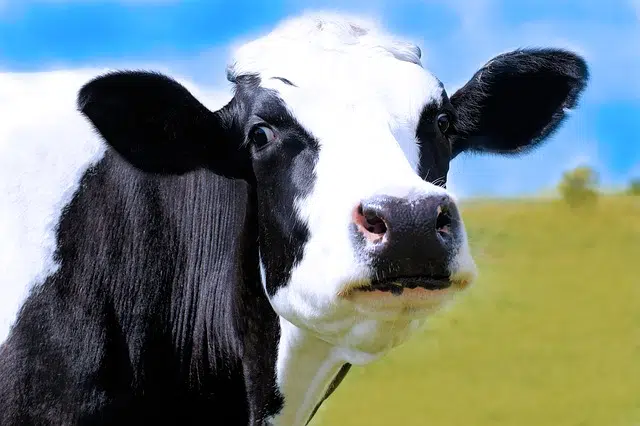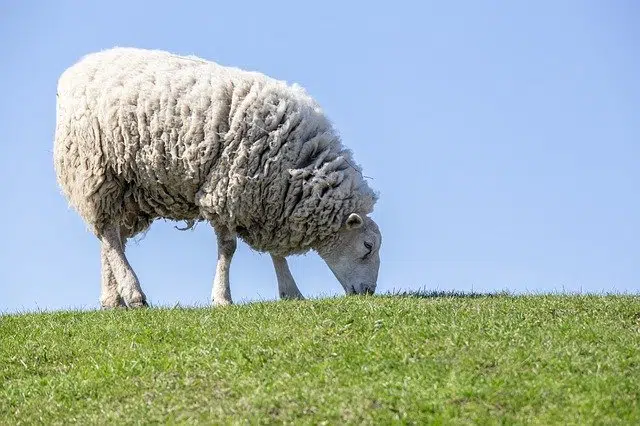
Cows are ruminant animals.
Ruminant is the adjective used to describe the species that ruminates . The verb ruminate , for its part, refers to the action of making food return to the mouth to be chewed a second time , after having been deposited in a certain cavity.
Ruminants, in this way, constitute the group of animals that have the characteristic of ruminating. These animals regurgitate the food when it is semi-digested to chew it again.
Cows , goats , sheep , deer , buffalo , deer , and bison are ruminants. These are beings whose digestive system is divided into different cavities. That is why it is said that ruminants have four stomachs, although in reality there are four compartments or divisions.
Food journey in a ruminant
The first cavity is known as the rumen . In this sector, various microorganisms are responsible for breaking down the food into smaller components so that digestion can develop.
The decomposed feed is then regurgitated from the rumen and returns to the mouth through the esophagus. The ruminant chews the food again to swallow it again, but this time it passes to the reticulum . In this second cavity the food advances in its fermentation .
The path of the food continues towards the omasum , the third cavity of the stomach of a ruminant. In this sector, the food continues to decompose and reduce, while the animal absorbs nutrients and separates waste. Finally, the food reaches the abomasum , the fourth and final cavity that participates in the digestive process of ruminants.

Among the ruminants, sheep and other bovids appear.
Families of animals of this type: the bovidae
* Goat : it is a medium-sized animal with fur composed of bristles and wool that has a rough texture. The genus to which most goats belong is called Capra , and some of them are the ibex (a species characterized by its great ability to climb), the Cretan ibex (considered the ancestor of domestic goats) and the Angora goat ( whose ears fall to the sides and the males have large twisted horns).
* Bison : this ruminant can measure up to 1.8 meters in height (from the base of the legs to the withers) and its horns have a particular hook shape. Although it is practically considered an extinct species , it has been reintroduced in breeding parks.
Other ruminants: cervids
* Moose : also known as Ante, it is a ruminant whose antlers are flat and have the appearance of a shovel. It can measure up to 2 meters in height and has a membrane on its legs that helps it move better through swamp areas.
* Common deer : it is an animal that organizes itself in a herd and lives in European, American and Asian forests. Its approximate maximum height is 1.5 meters. Another name for this species is deer . The male's horns develop and branch more and more throughout his life.
The giraffids
* Giraffe : It is mainly characterized by the extension of its neck, which can reach 3 meters, leaving its total height at about 6 meters. The spots on its skin have various shades of white and brown. It is estimated that he can live for about thirty years.
* Okapi : also written "o capi " and is a ruminant similar in appearance to the giraffe, but with a less extensive neck and stripes on the back of its body. The male has very small skin-covered horns.
Camelids, group of ruminants
* Llama : a species that does not have a hump and is divided into four subspecies, which live in semi-deserts, steppes and mountainous areas .
* Alpaca : an animal with more than one subspecies, exploited for cargo work, for consumption of its meat and for its wool.
